Pollution on the Shoreline: 8 Beaches That Show the Dark Side of Human Impact
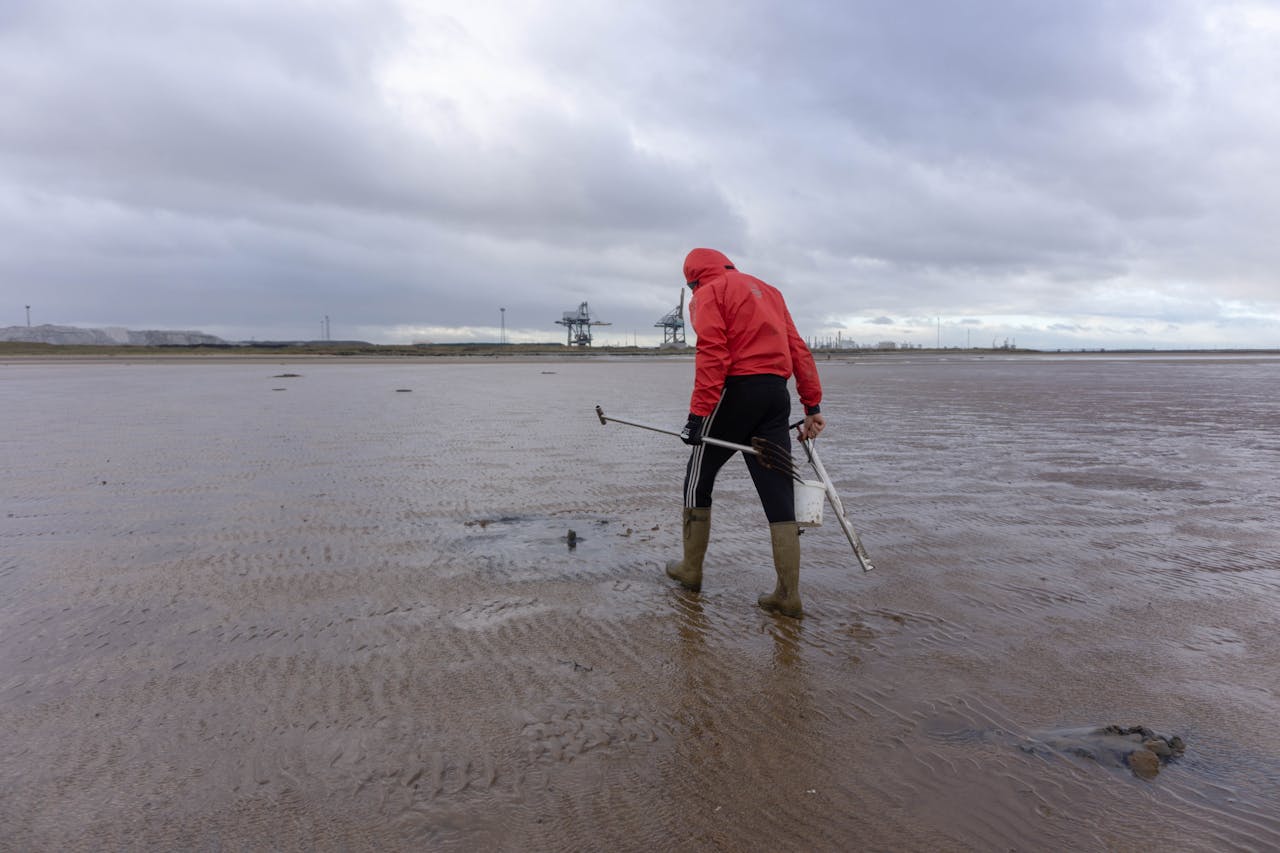
Beach pollution is a pressing global issue, with numerous shorelines suffering from contamination due to human activities. This pollution not only degrades natural beauty but also poses significant threats to marine life, human health, and local economies. Here are eight of the most polluted beaches worldwide, the causes of their pollution, and the resulting impacts.
1. Kamilo Beach, Hawaii, USA
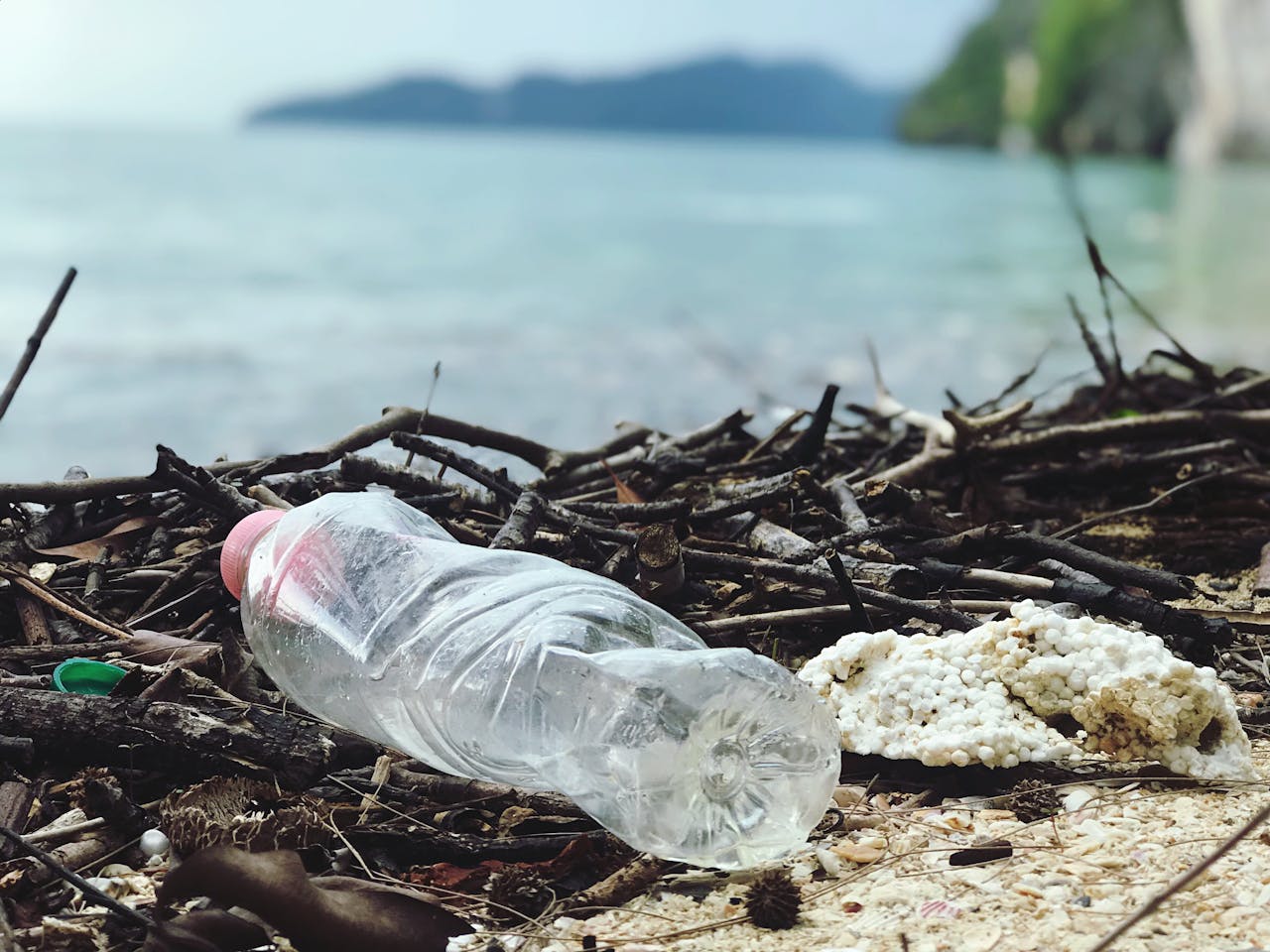
Known as “Plastic Beach,” Kamilo Beach is infamous for the massive amounts of plastic debris that wash ashore. Ocean currents and the North Pacific Gyre funnel debris from across the Pacific Ocean to this location. The accumulation of plastics harms marine life through ingestion and entanglement, disrupts local ecosystems, and deters tourism, affecting the local economy.
2. Henderson Island, Pitcairn Islands
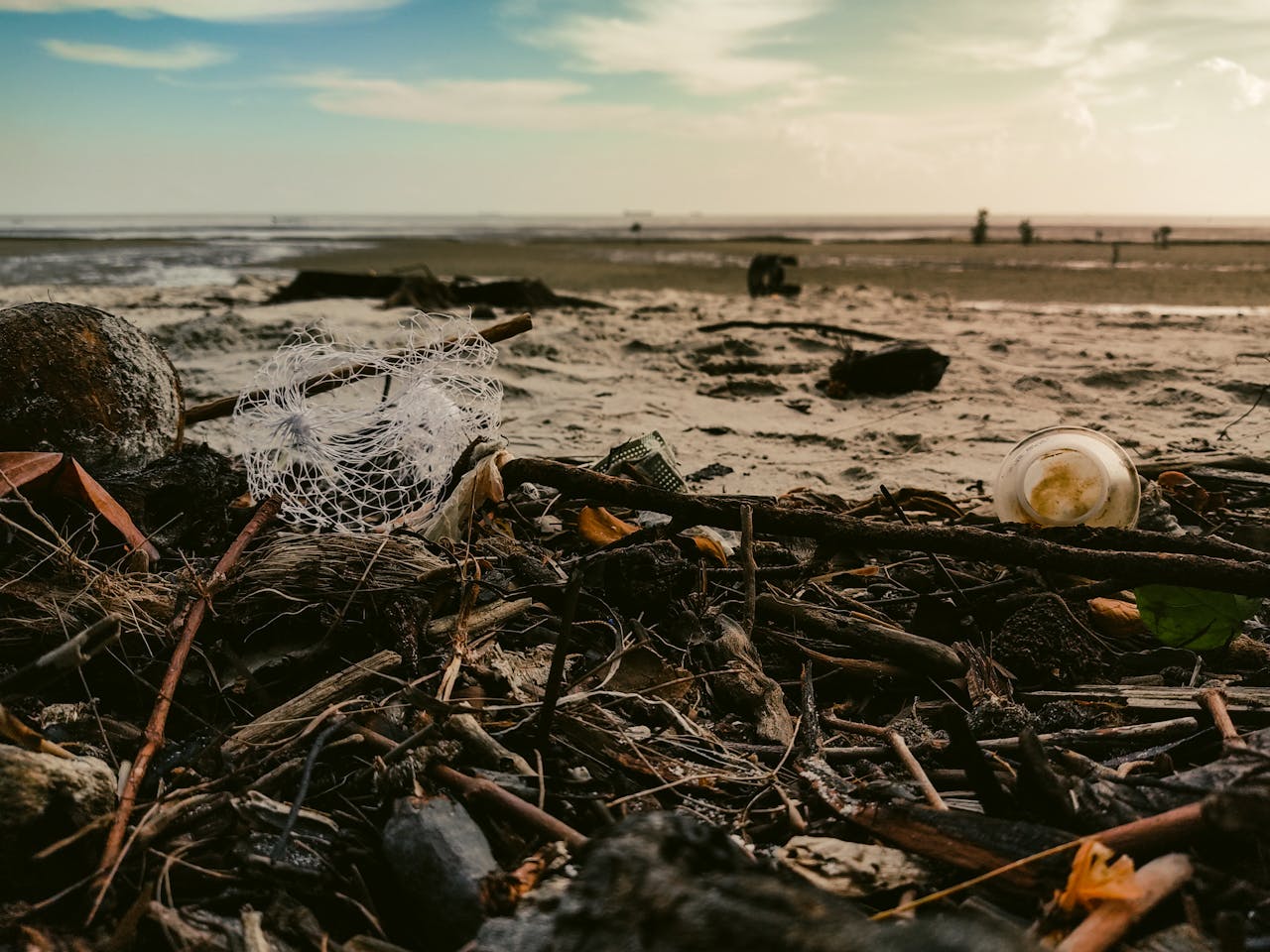
Despite being uninhabited and remote, Henderson Island has one of the highest densities of plastic debris globally, with an estimated 37.7 million pieces littering its shores. Oceanic currents deposit waste from various continents onto the island. This pollution threatens native species and highlights the pervasive nature of plastic pollution.
3. Kuta Beach, Bali, Indonesia
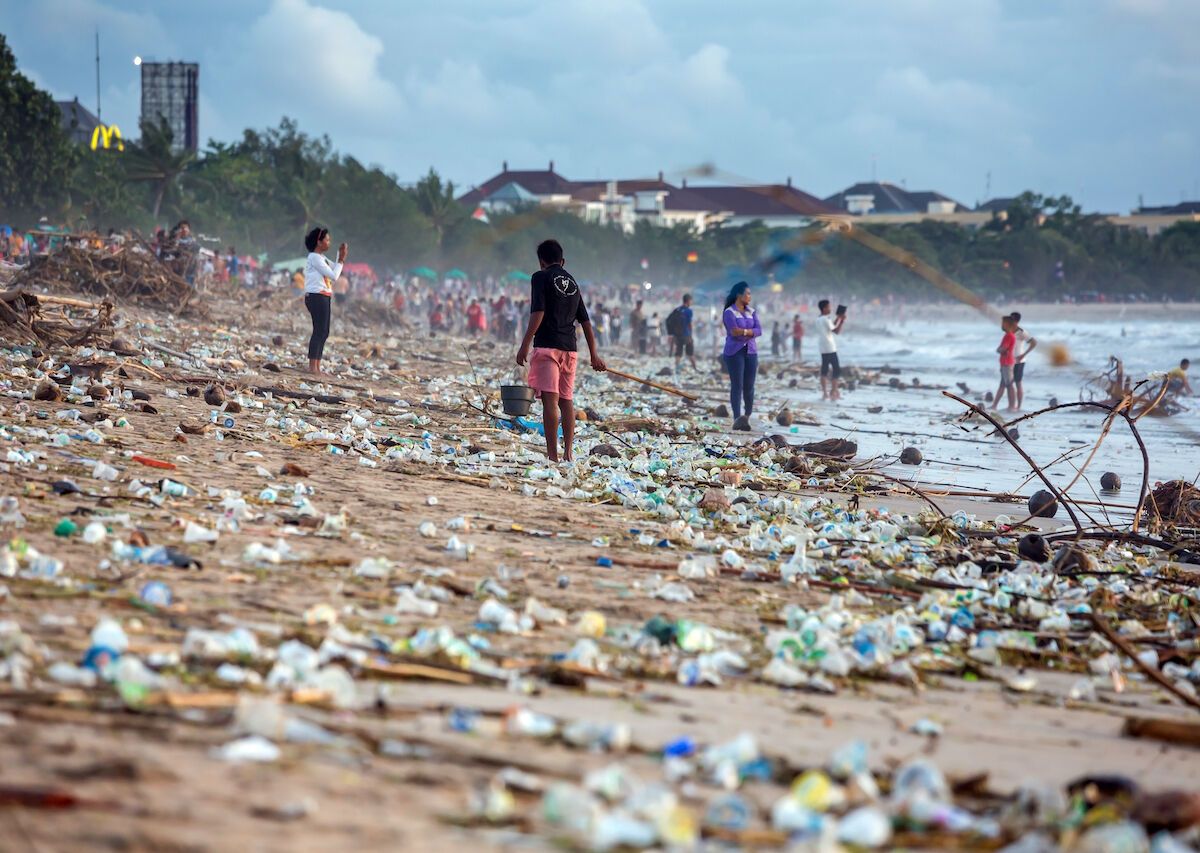
Kuta Beach, a popular tourist destination, faces severe pollution, especially during the wet season from October to March. High tides and strong winds bring in large amounts of plastic and garbage from the ocean, exacerbated by inadequate waste management infrastructure. This pollution poses health risks to visitors, harms marine life, and negatively impacts Bali’s tourism industry.
4. Guanabara Bay Beaches, Rio de Janeiro, Brazil
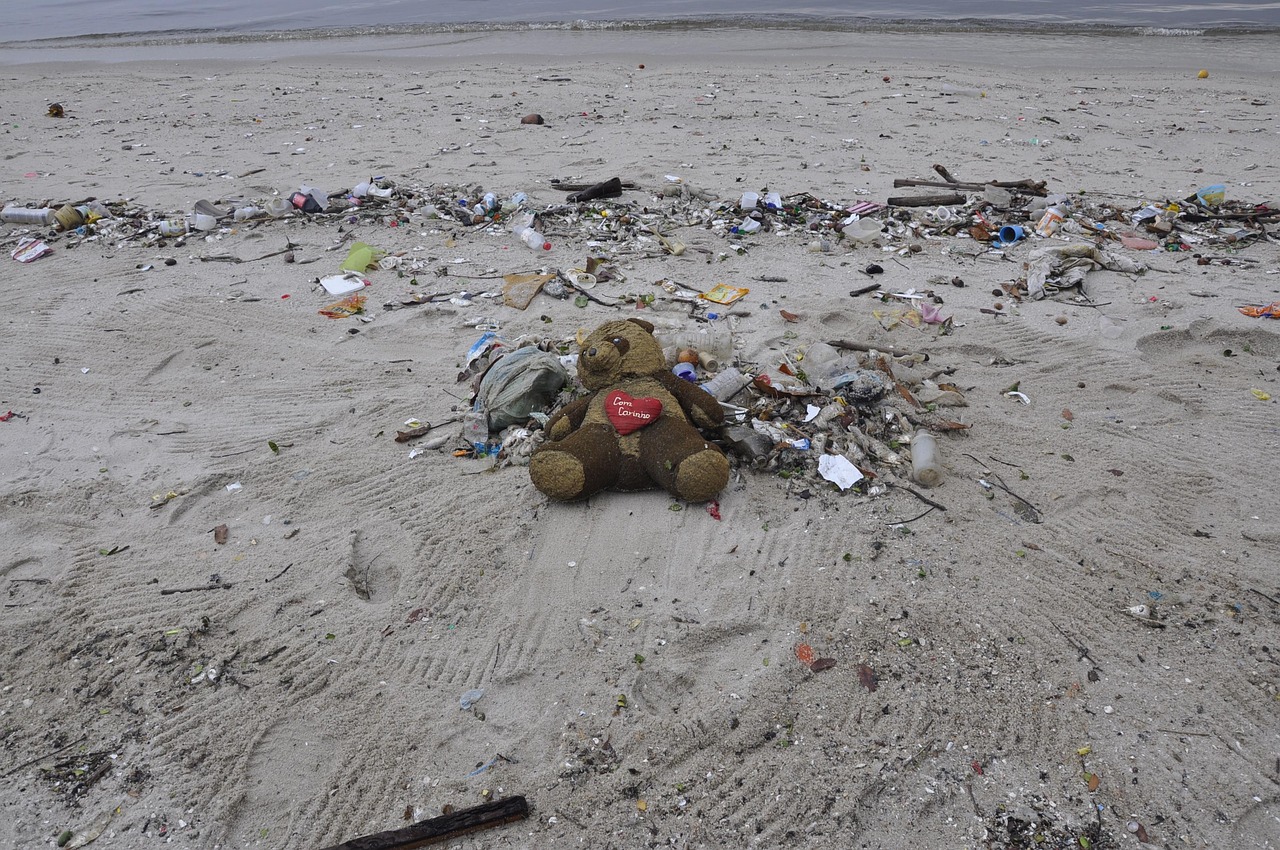
Beaches along Guanabara Bay suffer from heavy pollution due to untreated sewage, industrial waste, and urban runoff. The contamination leads to unsafe swimming conditions, harms marine biodiversity, and affects local fisheries, which many communities rely on for their livelihoods.
5. Manila Bay, Philippines

Manila Bay’s beaches are polluted with plastic debris, household waste, and industrial pollutants. Contributing factors include inadequate waste disposal systems and high population density. The pollution results in health hazards for local communities, destruction of mangrove ecosystems, and declines in fish populations.
6. Juhu Beach, Mumbai, India

Juhu Beach faces significant pollution from plastic waste, sewage discharge, and industrial effluents. The lack of effective waste management systems contributes to the problem. This pollution poses health risks to beachgoers, harms marine life, and diminishes the beach’s appeal as a tourist destination.
7. Blackpool Beach, UK
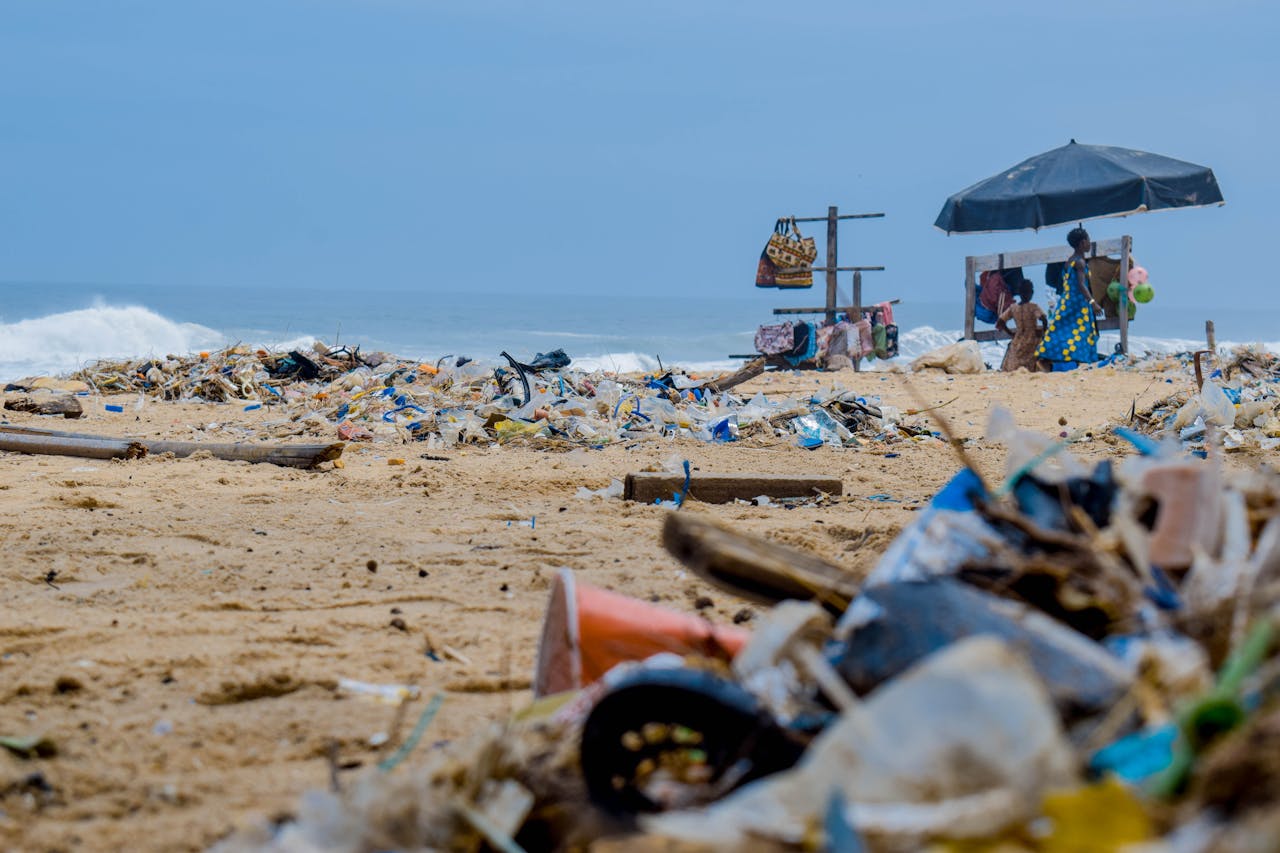
Blackpool Beach has experienced pollution from sewage overflows and industrial waste. While efforts have been made to improve water quality, challenges persist. Pollution impacts local wildlife, poses health risks to visitors, and affects the town’s reputation as a seaside resort.
8. Anapa Beach, Black Sea, Russia
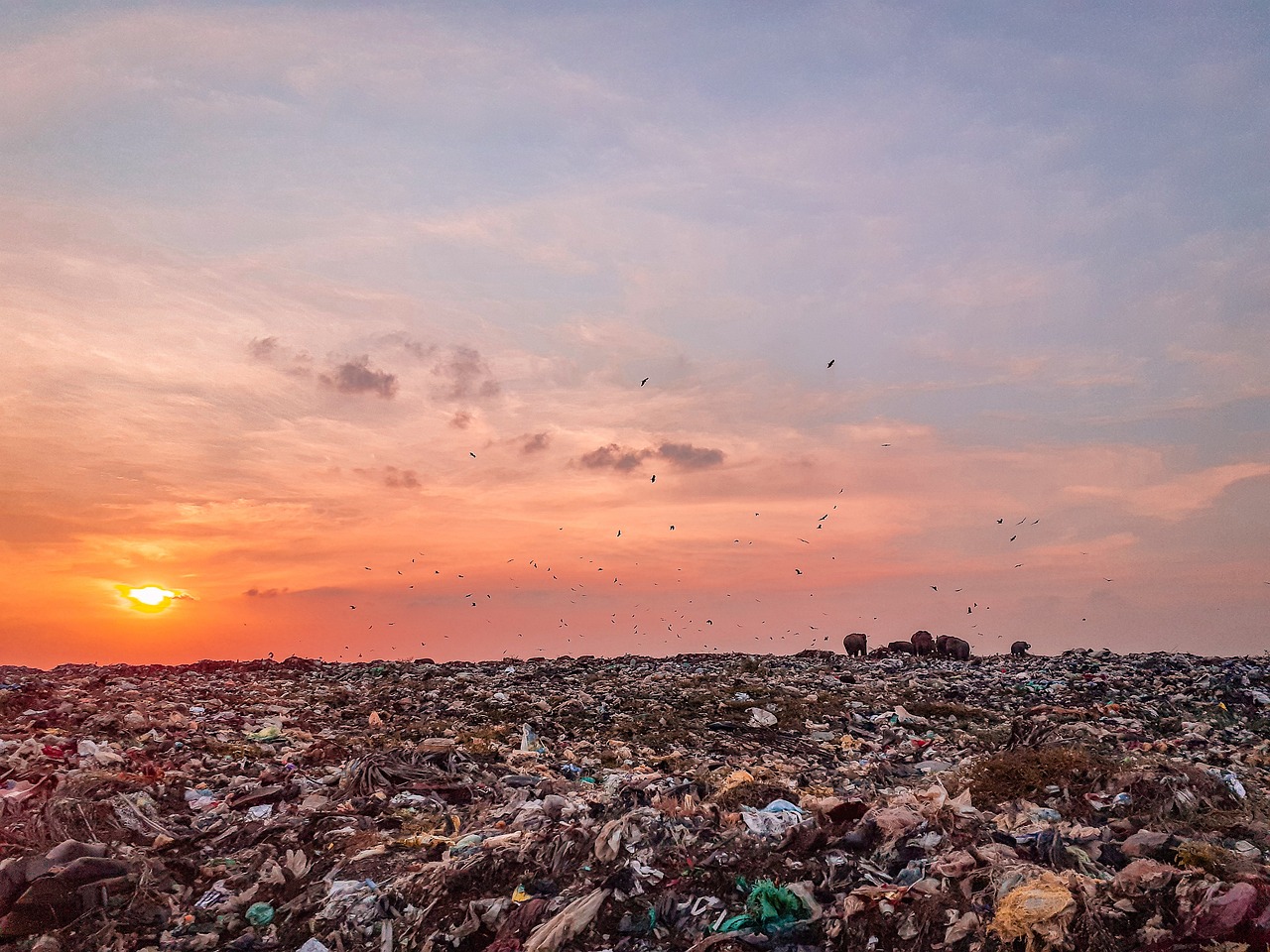
In December 2024, Anapa Beach suffered a massive oil spill when two tankers breached during a storm, releasing over 4,500 tons of low-grade fuel into the Kerch Strait. The spill polluted over 30 miles of beach, leading to a federal state of emergency and a massive cleanup involving 10,000 people. The contamination severely affected local wildlife and disrupted the tourism industry, prompting the resort town to sue the responsible shipping companies for cleanup costs.
Final Thoughts
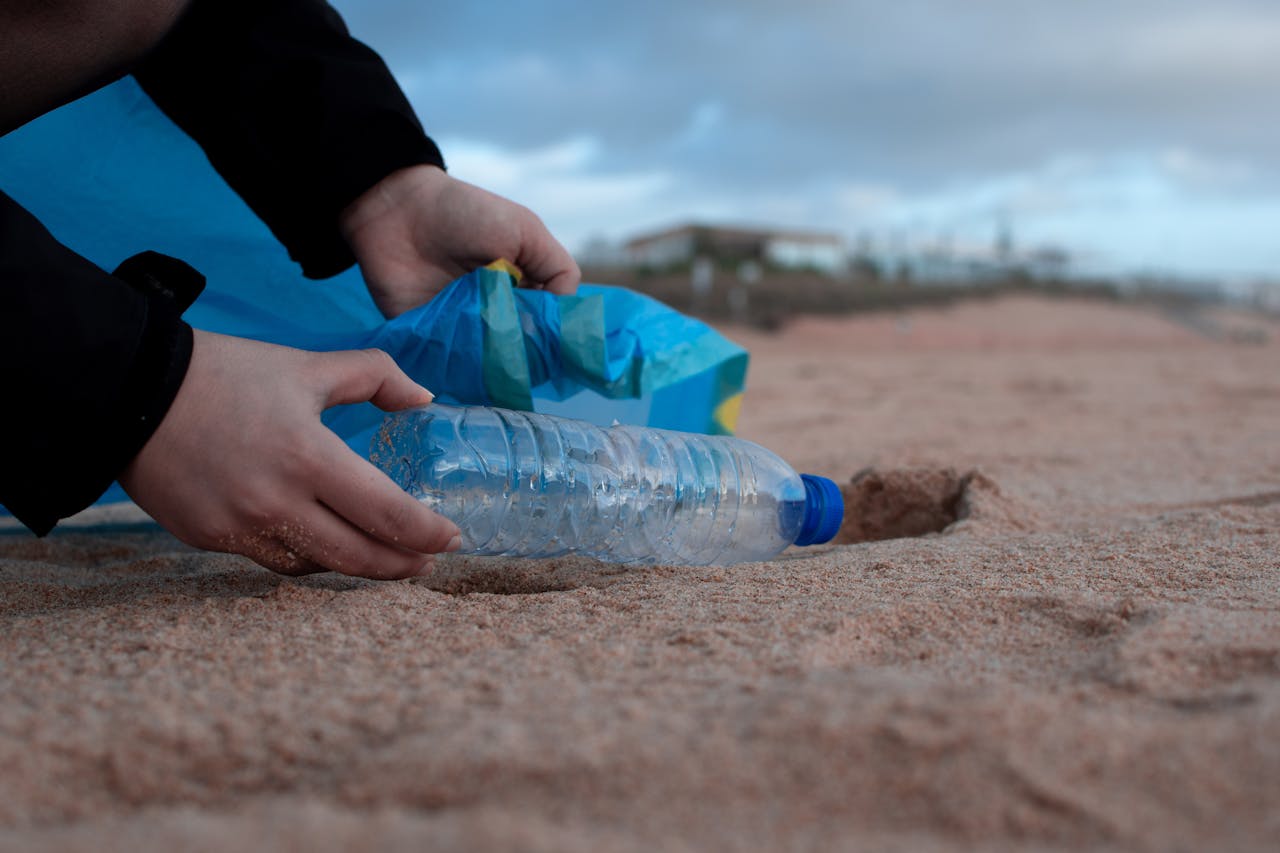
Beach pollution is a growing crisis that threatens marine life, human health, and local economies worldwide. From plastic waste washing up on remote shores to oil spills devastating coastal communities, these environmental disasters have far-reaching consequences. While poor waste management and industrial runoff are major contributors, individuals and governments can take action through stricter regulations, cleanup efforts, and sustainable practices. Protecting our beaches is not just about preserving their beauty—it’s about safeguarding the future of our planet.
Leave a Reply